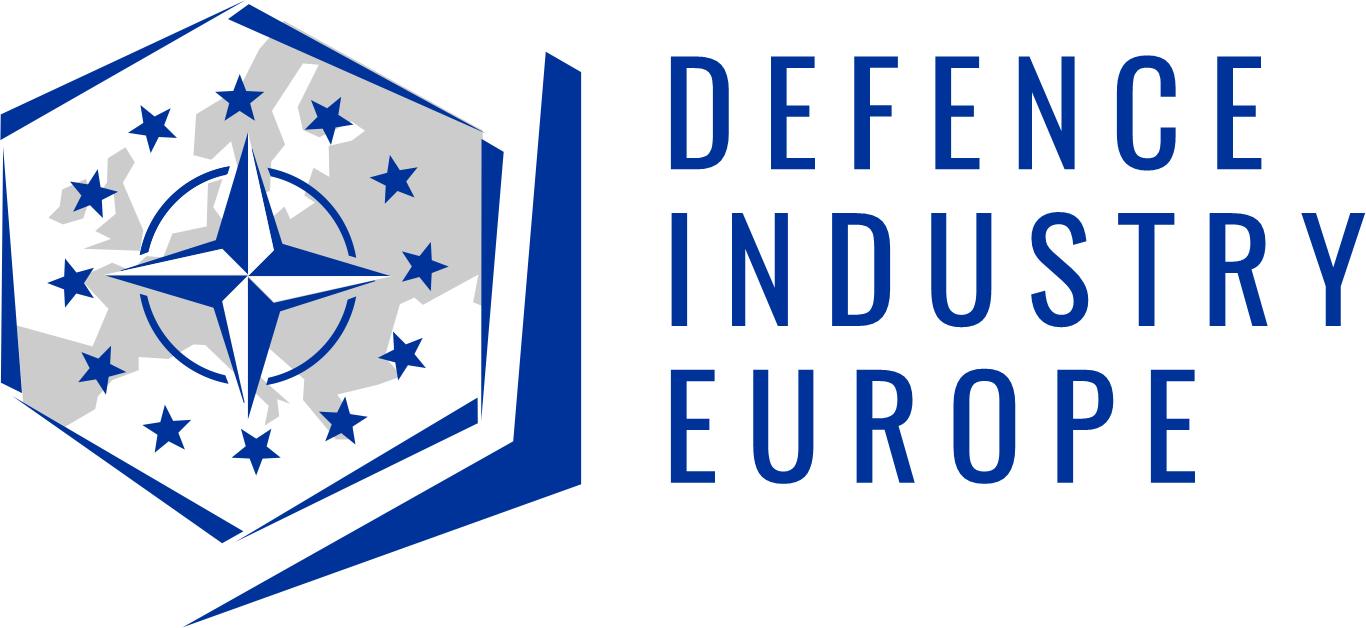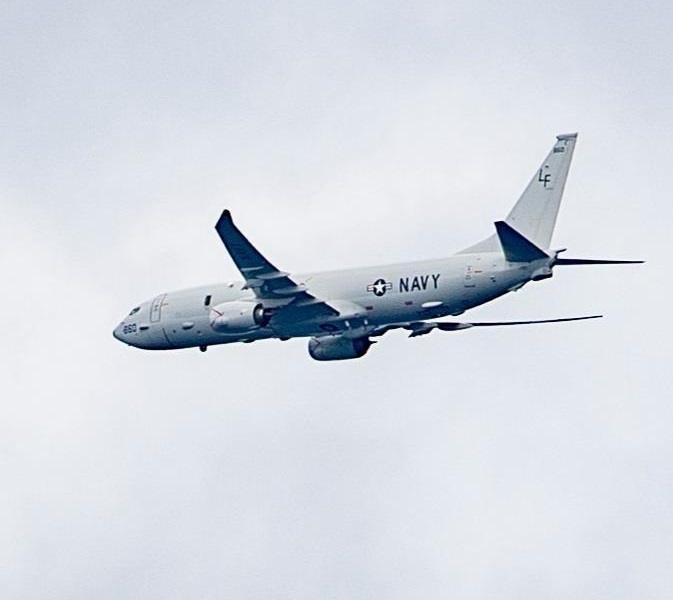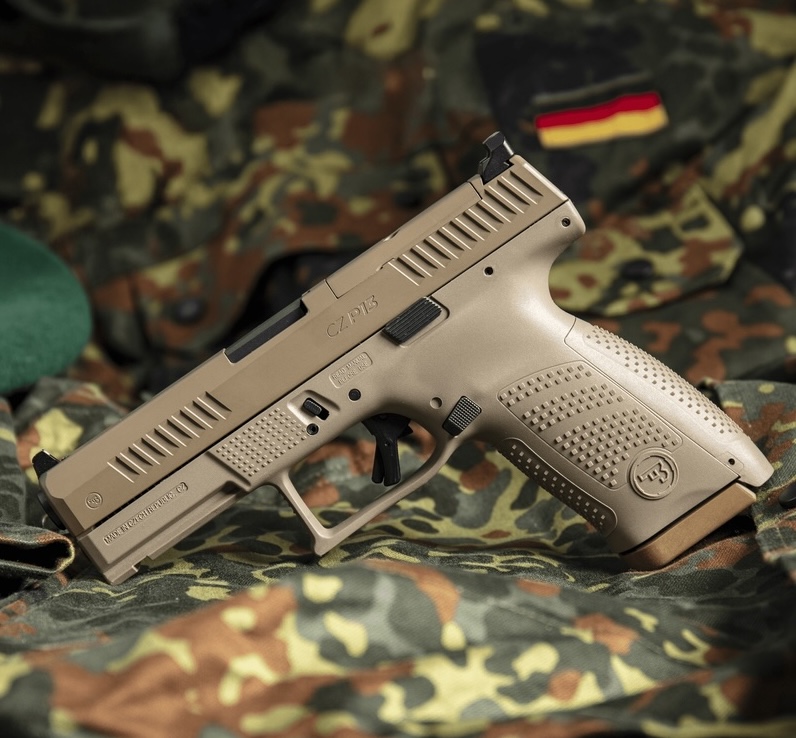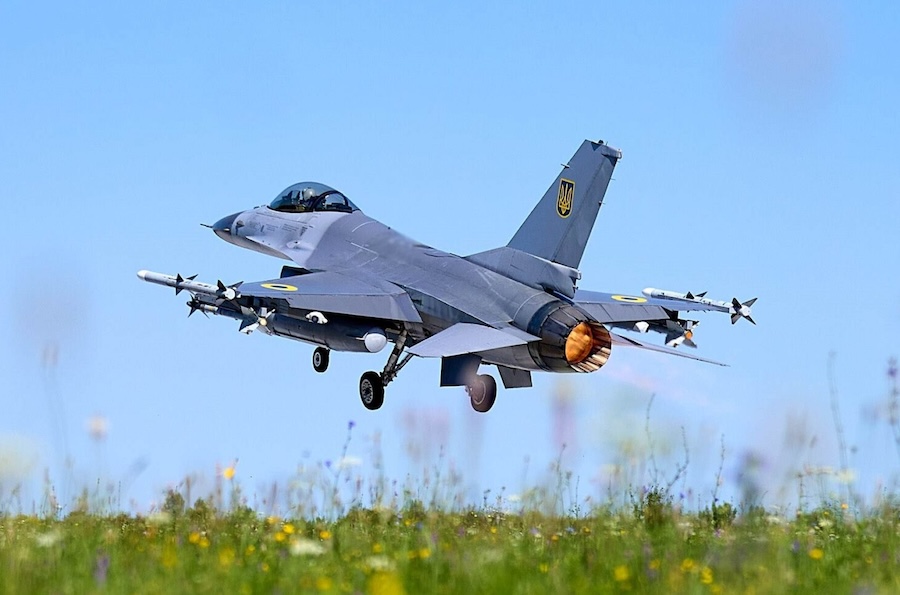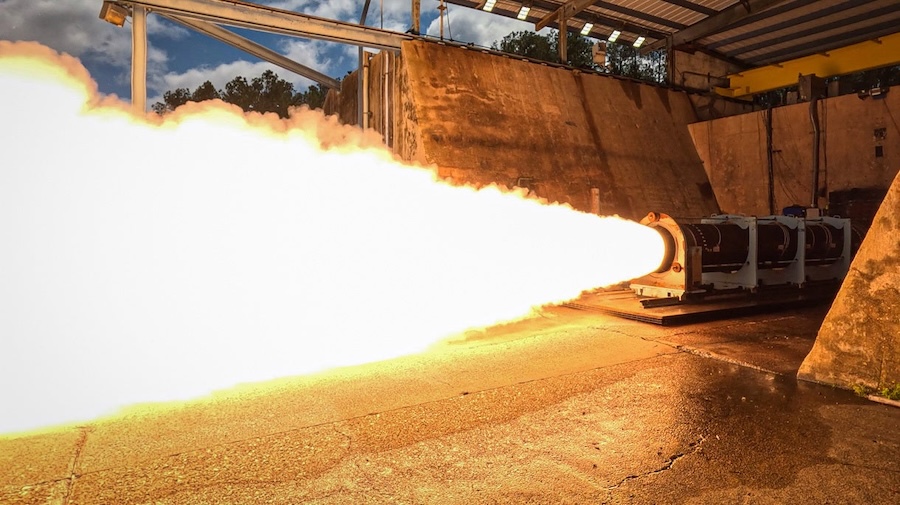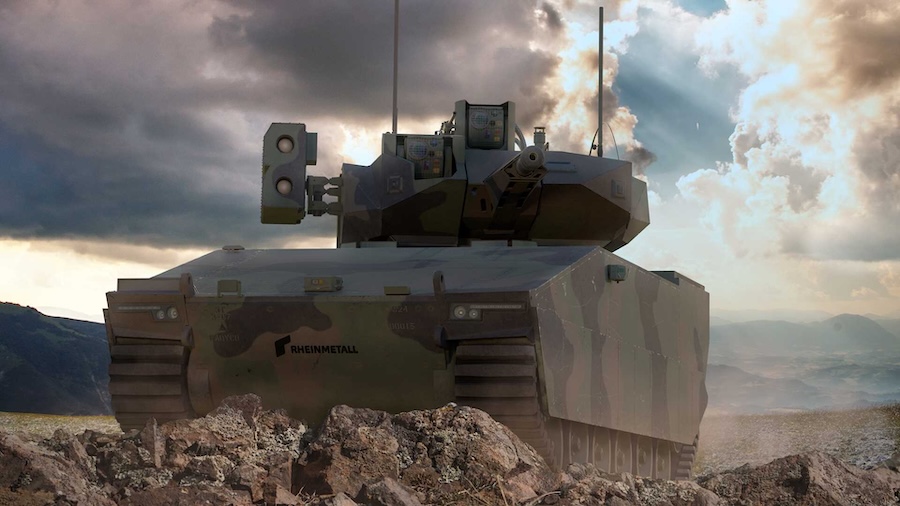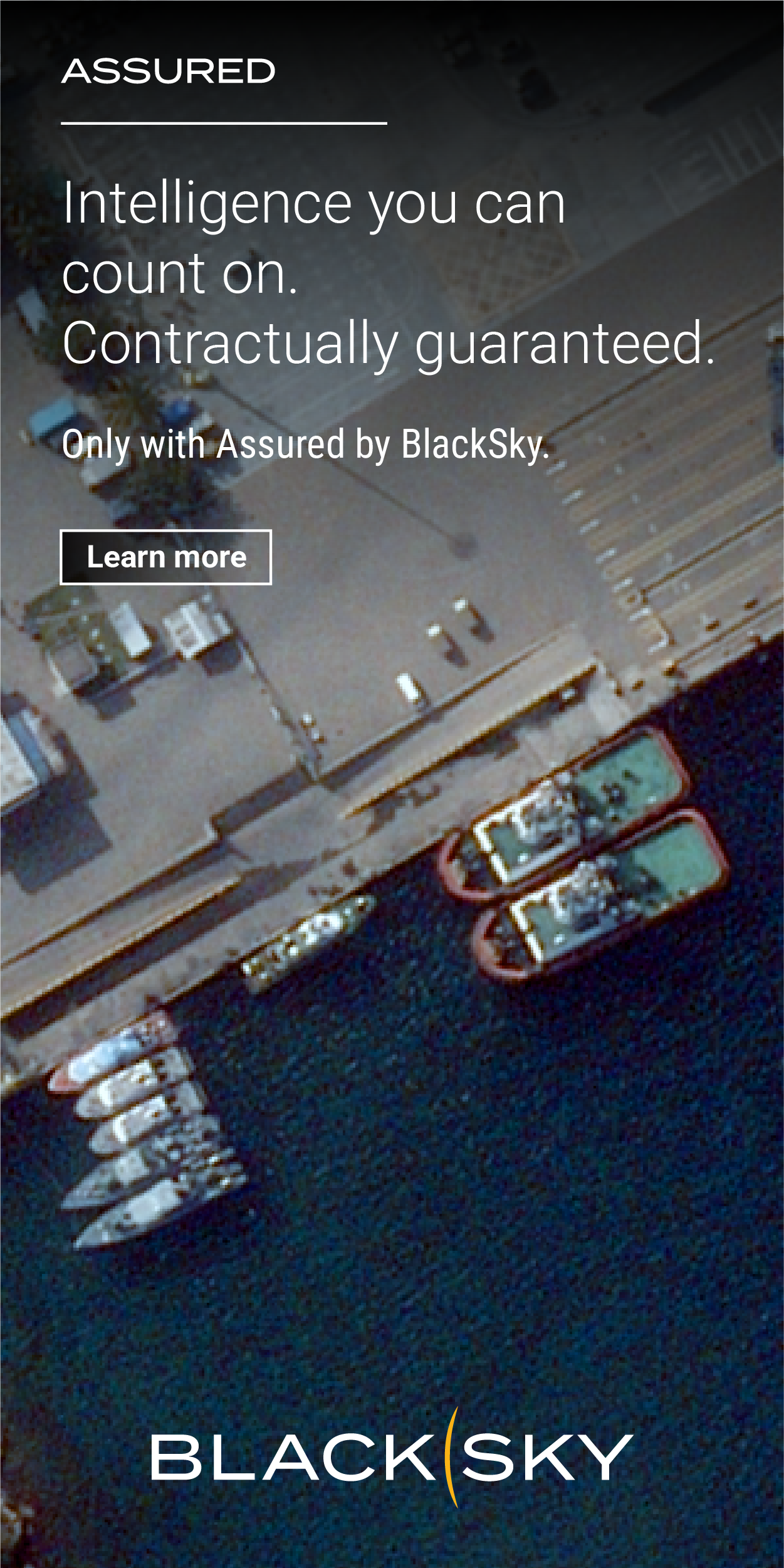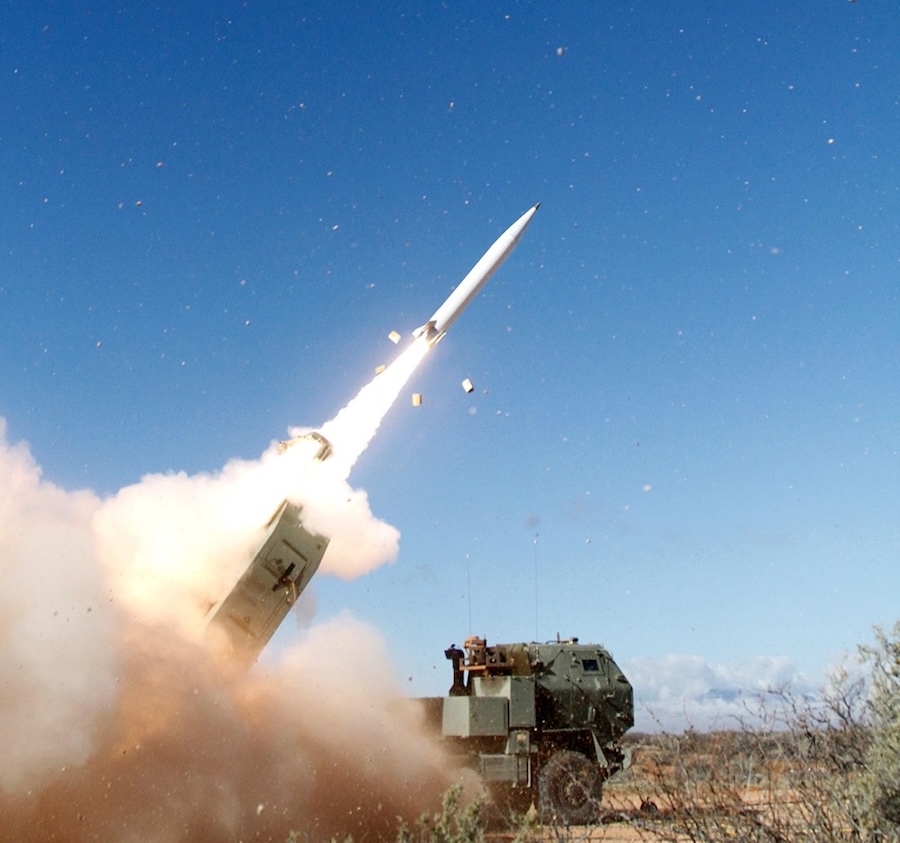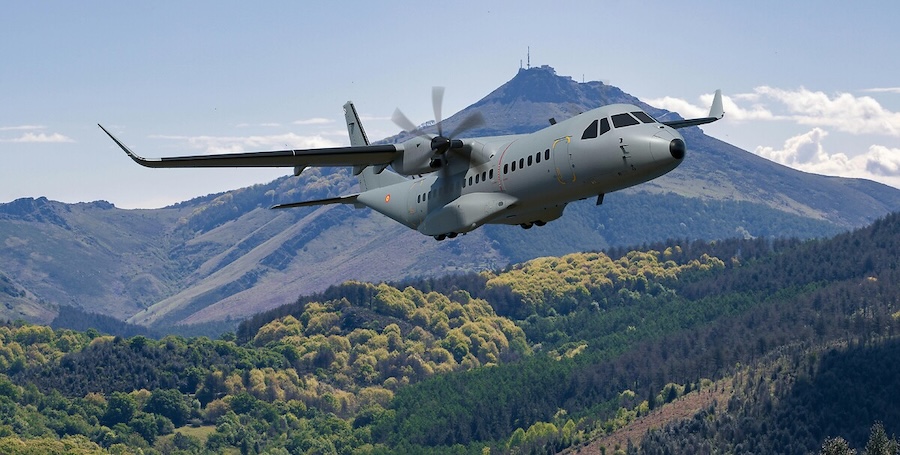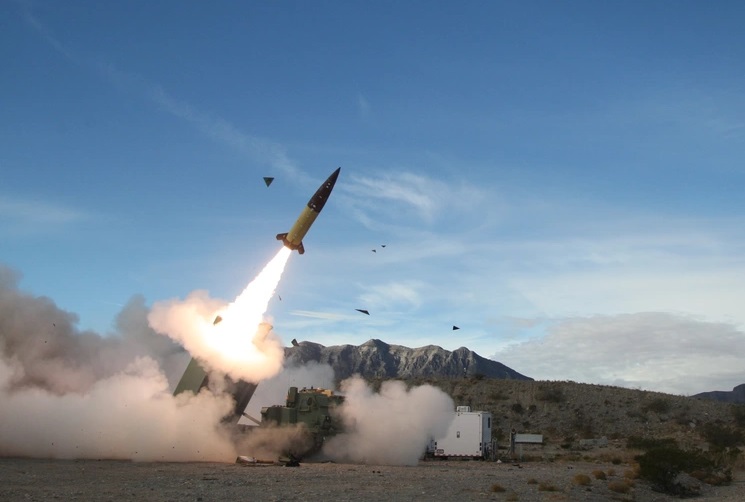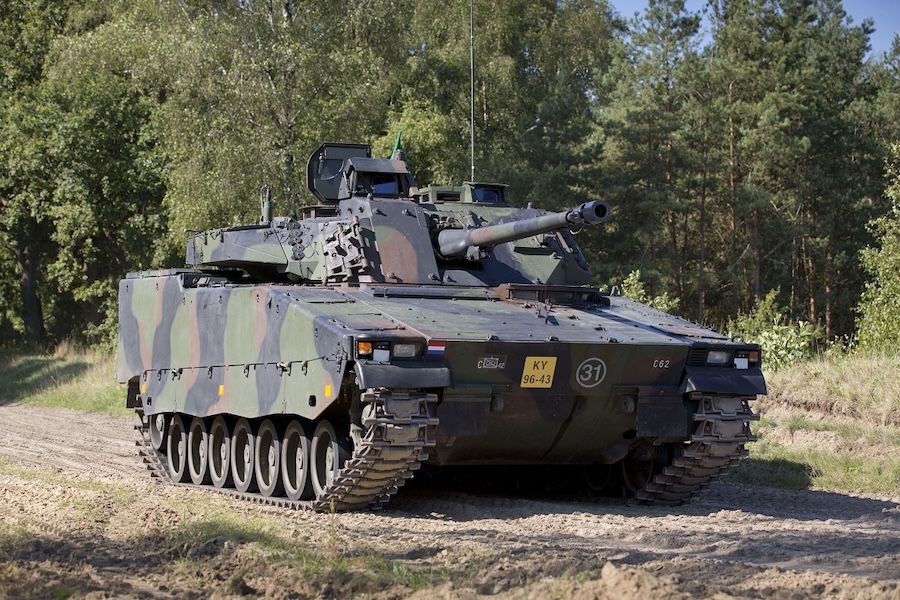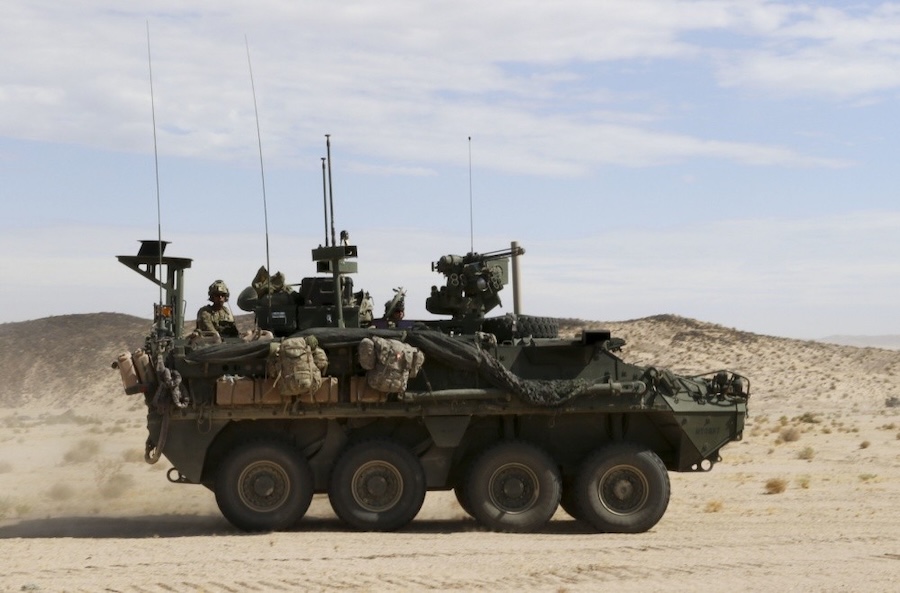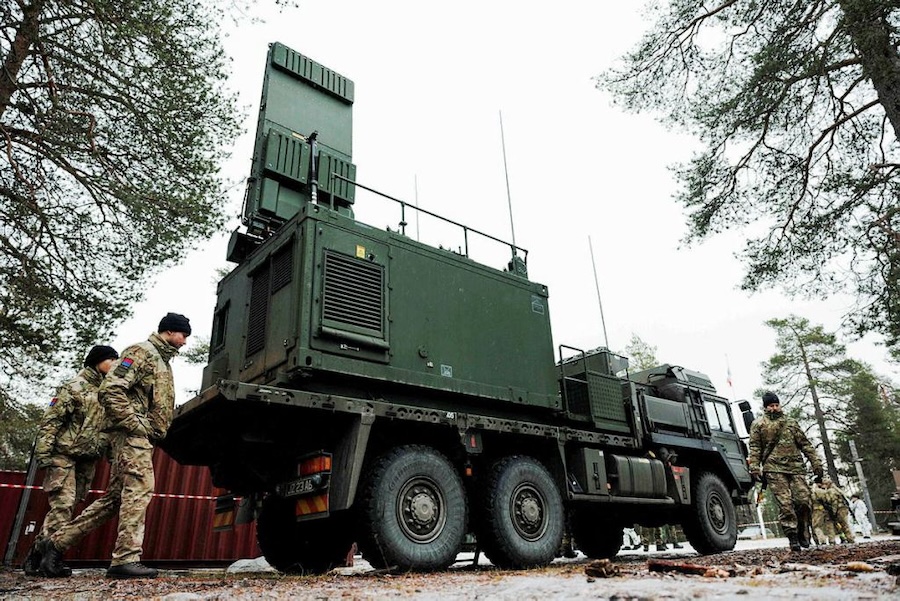“We have to keep our skies safe,” said NATO Secretary General Mark Rutte in a press statement delivered on 30 September alongside European Commission President Ursula von der Leyen in Brussels, ahead of the summits. Discussions at the meetings included security, defence and continued support for Ukraine.
NATO’s Allied Air Command and Maritime Command led the deployments, with a combination of multinational assets positioned across all domains. Ground forces and counter-unmanned aircraft systems from the United States, France, Germany and Sweden operated jointly during the events.
In the air, U.S. Navy P-8 Poseidon maritime patrol aircraft conducted surveillance missions over the region. At sea, NATO’s Standing Maritime Group 1 vessels—the German frigate FGS Hamburg and the U.S. destroyer USS Bulkeley—patrolled the Danish Straits with Danish maritime units under NATO’s Baltic Sentry activity.
“The USS Bulkeley represents a fraction of U.S. involvement in Baltic Sentry as Europeans continue to shoulder more of the burden for their own security,” said U.S. Army Col. Martin L. O’Donnell, NATO’s Supreme Headquarters Allied Powers Europe spokesperson. “More than 95 percent of the ships that have supported Baltic Sentry since it began in January are European.”
Other NATO Allies also contributed in a national capacity to reinforce Denmark’s security during the summits. Most of the deployed assets have since returned under national control, though the FGS Hamburg remains on station in support of Baltic Sentry.
The Baltic Sentry activity continues alongside Eastern Sentry, providing enhanced deterrence and defence along NATO’s Eastern Flank—from the High North and Baltic Sea to the Black Sea and beyond.


